Nickel is a silvery white metal with a hard texture, good ductility, ferromagnetism, good polishability and corrosion resistance. Nickel is commonly used in the manufacture of stainless steel, alloy structural steel and other steel fields, high nickel alloys, electroplating and batteries. It is widely used in various military manufacturing industries such as aircraft and radar, civil machinery manufacturing, and electroplating industries.
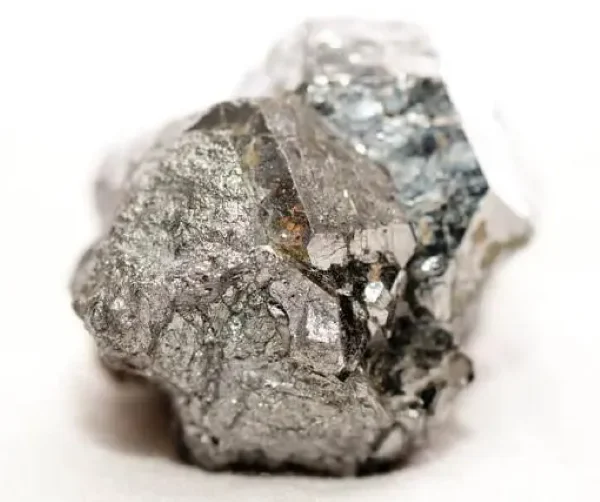
Nickel ore is mainly divided into copper-nickel sulfide ore and nickel oxide ore (latite nickel ore), and the beneficiation and processing methods of the two are completely different.
The world's proven basic nickel ore reserves are about 69 million tons, with a total resource volume of 148 million tons. Among the basic reserves, 72.2% is laterite nickel ore and 27.8% is sulfide nickel ore.
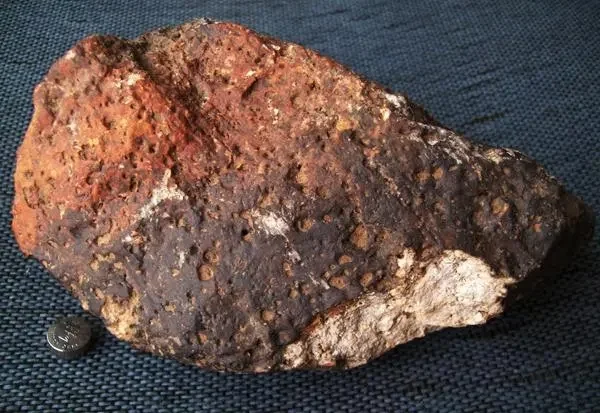
Nickel oxide ore
01 Sulphide Copper Nickel Processing
Nickel sulfide ores, such as nicopyrite, violarite, etc., exist in the form of free nickel sulfide, and a considerable part of nickel occurs in pyrrhotite in an isomorphism form. The nickel sulfide ore that exists widely in nature is (Ni, Fe)S, with a specific gravity of 5 and a hardness of 4. followed by needle sulfide nickel ore NiS (specific gravity 5.3. hardness 2.5), and so on.
The main beneficiation method of sulfide copper-nickel ore is flotation, while magnetic separation and gravity separation are usually auxiliary beneficiation methods.
In the flotation of sulfide copper-nickel ore, we often use collectors and foaming agents of copper sulfide minerals.
A basic principle in determining the flotation process is that we can accept copper into nickel concentrates but have to avoid nickel from copper concentrates as much as possible. Because the nickel in the copper concentrate will be lost in the smelting process, the copper in the nickel concentrate can be recovered more completely.
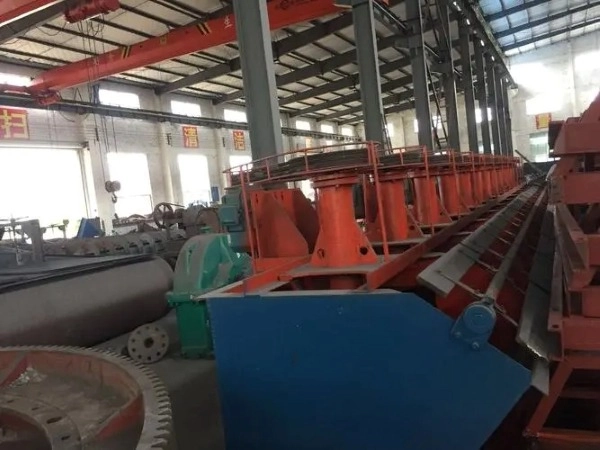
(Flotation Machine for Nickel Processing)
The Processing of Copper-Nickel ore has the following 5 basic processes:
1 Direct use of preferential flotation or partial preferential flotation process
When the ore contains much higher copper content than nickel content, this process can be used to separate copper into a separate concentrate.
The advantage of this process is that copper concentrates with lower nickel content can be obtained directly.
2 Mixed flotation process
It is used to separate ores with lower copper content than nickel, and the obtained copper-nickel mixed concentrate is directly smelted into a high nickel matte.
3 Mixed-preferential flotation process
We use flotation to get mixed copper and nickel from the ore, and then separate the low-nickel-containing copper concentrate and the copper-containing nickel concentrate from the mixed concentrate. After the nickel concentrate is smelted, we can obtain a high nickel matte, and then use flotation to separate the high nickel matte
4 Mixed - preferentially flotation and recovering part of nickel from mixed flotation tailings
When the floatability of various nickel minerals in the ore is very different, after copper-nickel mixed flotation, we should further separate the nickel-containing minerals with poor floatability from the tailings.
5 Nickel Sulfide Smelting
Process selection is based on raw material type, composition, and product requirements. Most of the sulfide ore is smelted by making a matte, that is, various nickel sulfide ores are smelted into a low-nickel matte by different pyrometallurgical processes, and then the low-nickel matte is smelted into a high-nickel matte in a converter, that is, an alloy of nickel sulfide and copper sulfide. The high-nickel matte is then subjected to different refining methods in nickel refineries to produce different nickel products.
02 Nickel Oxide Processing
Among nickel oxide ore, nickel laterite has high iron content, low silicon, and magnesium content, and nickel content of 1% to 2%; nickel silicate has low iron content, high silicon, and magnesium content, and nickel content of 1.6% to 4.0%. At present, the development and utilization of nickel oxide ore are mainly based on nickel laterite, which is developed from the weathering of ultrabasic rocks, and nickel mainly exists in the form of nickel limonite (iron oxide that is rarely crystallized to not crystallized).
Nickel oxide ore mostly uses processes such as crushing and screening to remove the bulk bedrock with a weak weathering degree and low nickel content in advance. Since the nickel in nickel oxide ore is often dispersed in gangue minerals in an isomorphism form, and the particle size is very fine, it cannot be enriched by mechanical beneficiation methods, but can only be directly smelted.
Due to the small amount of nickel sulfide ore resources on the earth, the extraction of nickel metal from nickel oxide ore (nickel laterite ore) has gradually become the mainstream of nickel-metal extraction in the world.
There are two main extraction processes of laterite nickel ore: hydrometallurgy and pyrometallurgy.
1 Hydrometallurgy
Hydrometallurgy can be divided into sulfur-making smelting, nickel-iron method, and granulated iron method
2 Pyrometallurgy
Pyrometallurgy has reduction roasting-atmospheric pressure ammonia leaching method, high-pressure acid leaching method, etc.
03To Wrap Up
The above are the methods of nickel processing. In actual production, the most suitable process, equipment, and medicament should be selected according to the composition, nature, and occurrence of useful components of the ore itself.
If you have nickel ore for beneficiation, we can provide you with process design and equipment. Welcome to leave a message on our website, or consult online customer service.
- Random article
- Popular articles
- Popular comments
- Reverse flotation beneficiation process for bauxite
- Hg-ore Gravity selection+flotation process
- Intense Magnetic Separation Process for Iron Ore
- Gold Ore Carbon Slurry Beneficiation Process
- Sand gold beneficiation process
- Arsenic Gold Ore Bacterial Oxidation Pretreatment Process
- Sulfide Ore Nickel Ore Mixed Flotation Process

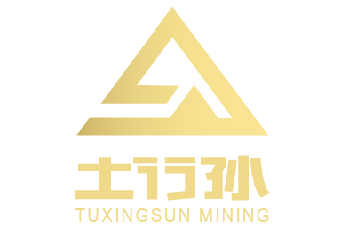

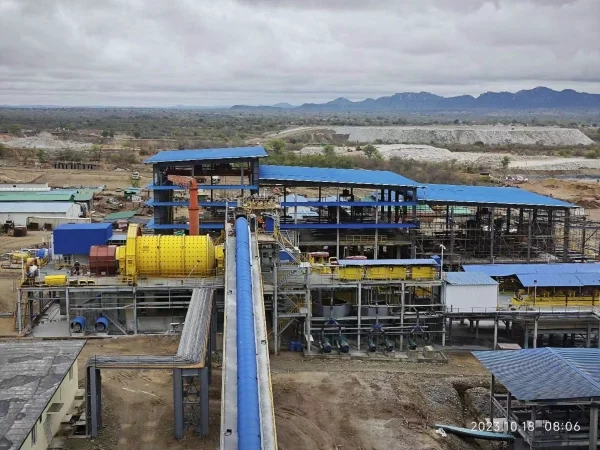
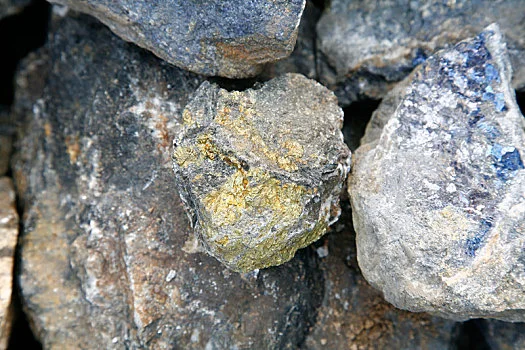
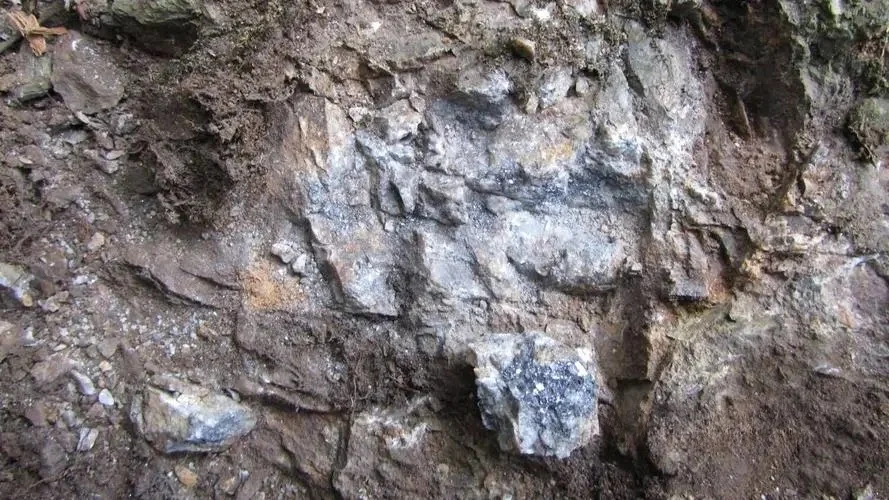
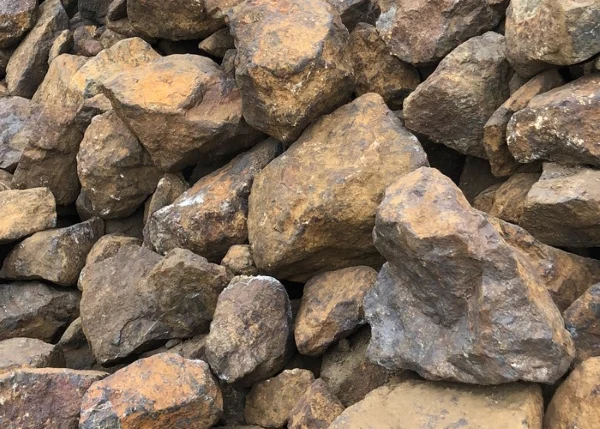
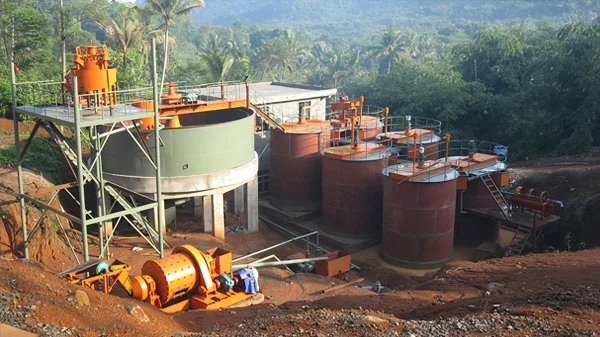
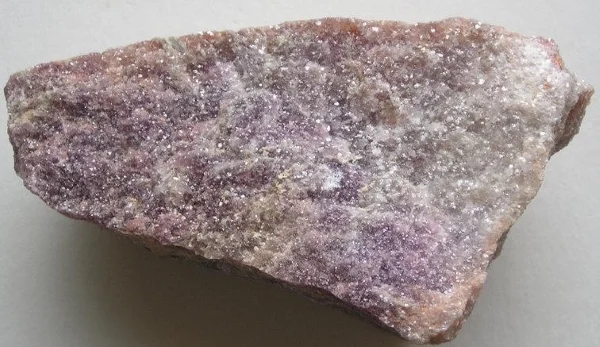
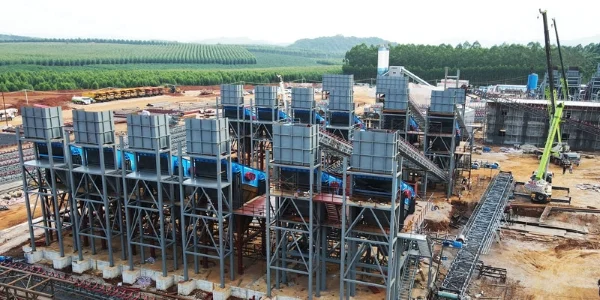
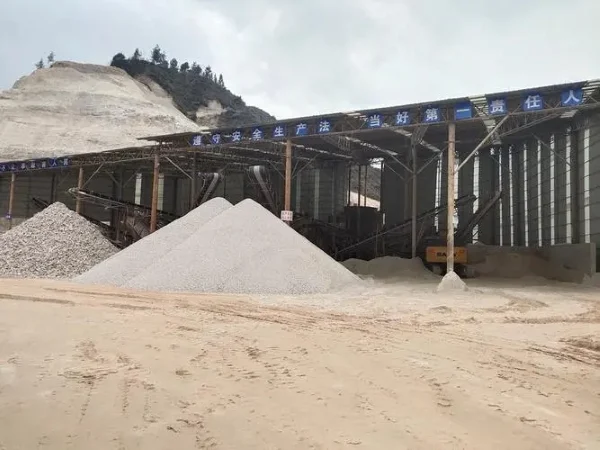
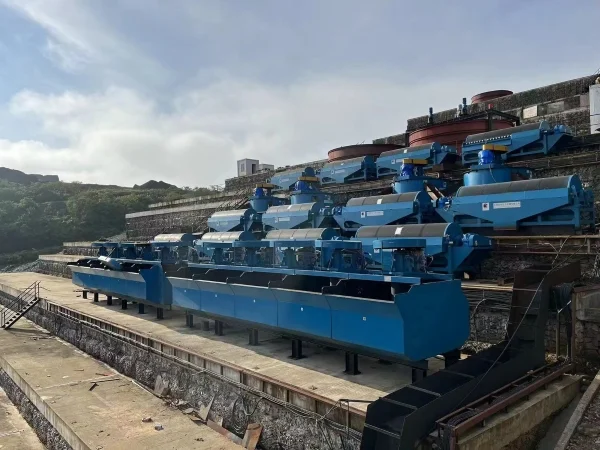
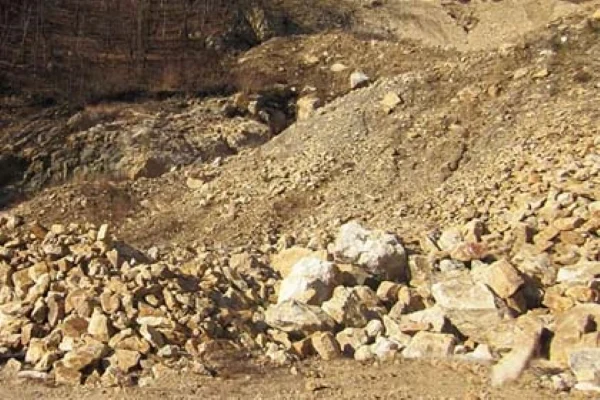
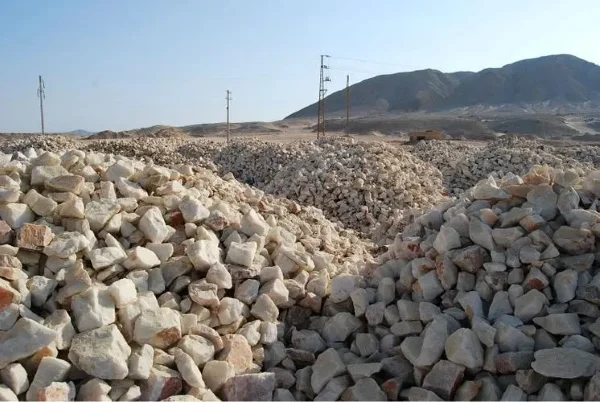

Leave a message with your needs or comments
Add comment: